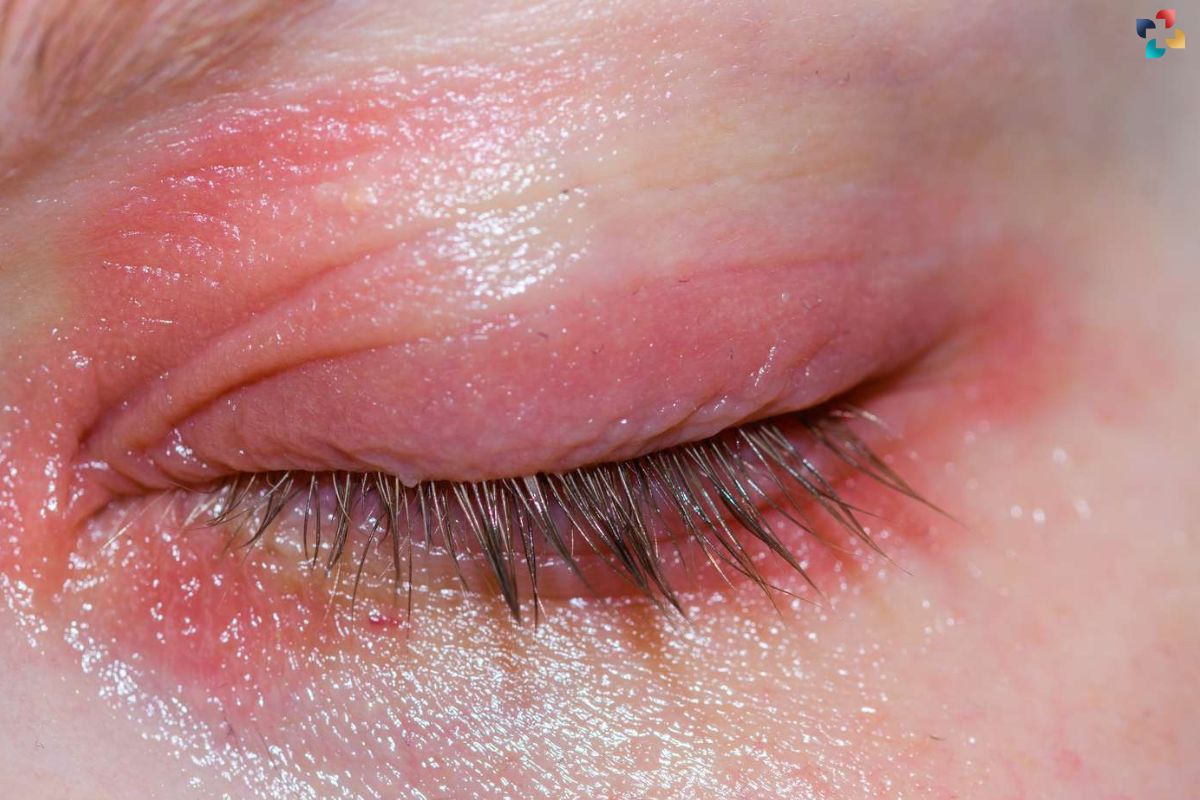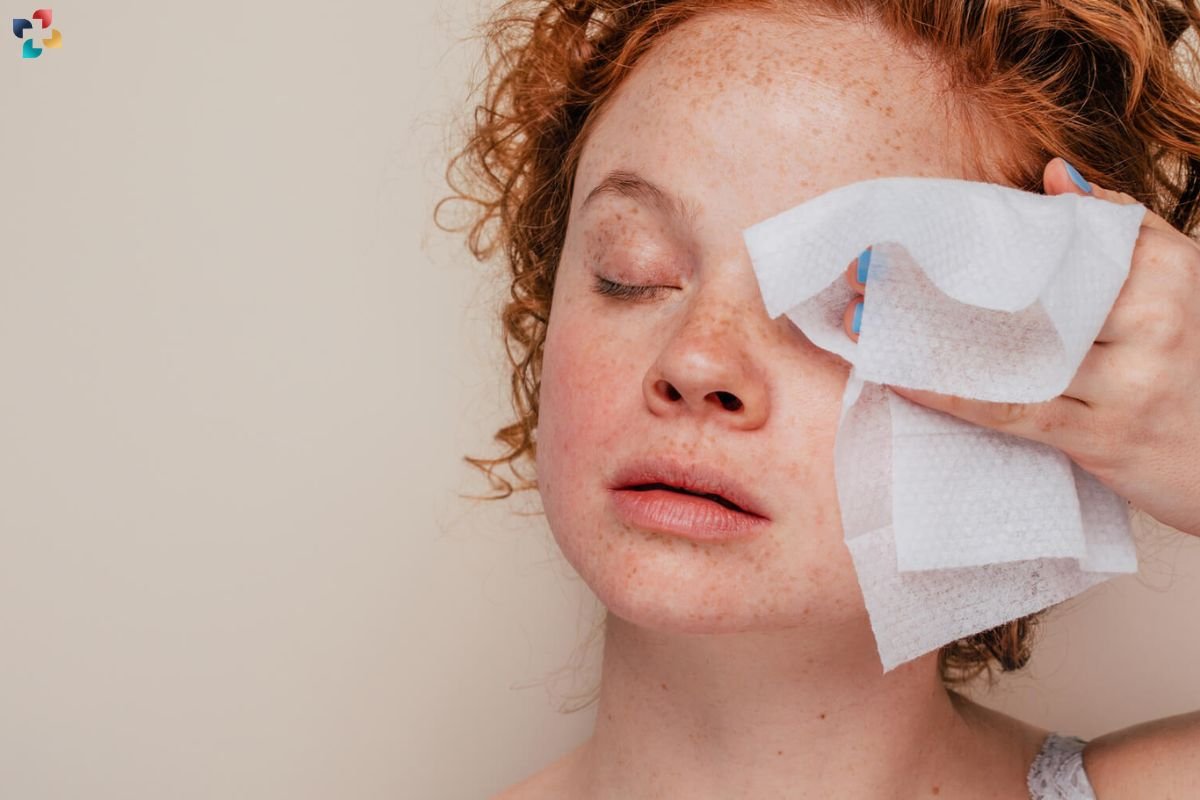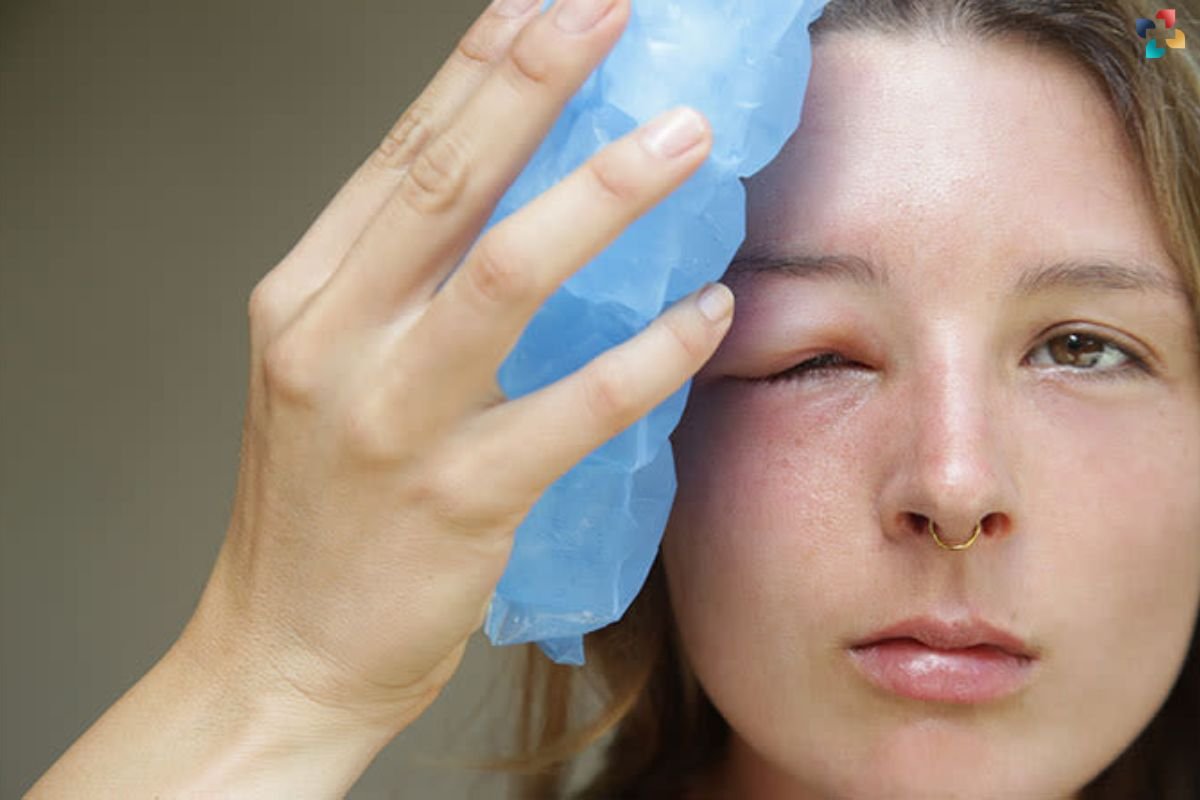Swollen eyelids can be a common and concerning condition that affects individuals of all ages. From minor irritations to more serious underlying health issues, understanding the causes, symptoms, and treatment options for swollen eyelids is crucial for maintaining ocular health and overall well-being. In this comprehensive guide, we will explore everything you need to know about swollen eyelids, from common triggers to effective remedies.
Understanding Swollen Eyelids:
Swollen eyelids, as the name suggests, refer to an abnormal enlargement or puffiness of the tissue surrounding the eye. This condition can affect one or both eyelids and may be accompanied by various symptoms, including redness, itching, pain, and difficulty in opening or closing the eyes. While swollen eyelids can be a temporary and self-resolving issue, persistent or recurrent swelling may indicate an underlying medical condition that requires prompt attention.
Common Causes of Swollen Eyelids:
1. Allergies
Allergic reactions to environmental allergens such as pollen, dust, pet dander, or certain cosmetics can cause inflammation and swelling of the eyelids.
2. Infections

Bacterial or viral infections, such as conjunctivitis (pink eye) or cellulitis, can lead to this along with other symptoms like discharge, itching, and blurred vision.
3. Trauma
Injury or trauma to the eye or surrounding tissues, including insect bites, scratches, or blunt force trauma, can result in localized swelling and discomfort.
4. Inflammatory Conditions
Conditions such as blepharitis (inflammation of the eyelids), styes (localized infections of the eyelid glands), or chalazia (blocked oil glands) can cause swelling, redness, and tenderness of the eyelids.
5. Systemic Diseases
Underlying systemic diseases such as thyroid disorders, autoimmune conditions, or kidney problems can manifest with swollen eyelids as a secondary symptom.
Symptoms and Diagnosis:
In addition to visible swelling, individuals with swollen eyelids may experience symptoms such as pain, itching, burning sensation, discharge, and sensitivity to light. To diagnose the underlying cause of this, healthcare providers may conduct a thorough medical history review, physical examination, and additional tests such as eye swabs, blood tests, or imaging studies.
In addition to the aforementioned symptoms, individuals with swollen eyelids may also notice redness, warmth, or tenderness in the affected area. The severity of symptoms can vary depending on the underlying cause of the swelling and may worsen with certain activities, such as prolonged screen time or exposure to allergens.
To accurately diagnose the underlying cause of swollen eyelids, healthcare providers employ a comprehensive approach that typically begins with a thorough medical history review and physical examination. During the examination, the healthcare provider may assess the appearance of the eyelids, evaluate eye movements and visual acuity, and inquire about any recent trauma or exposure to potential allergens.
In some cases, additional diagnostic tests may be necessary to further evaluate the condition. These tests may include eye swabs to detect bacterial or viral infections, blood tests to assess for systemic diseases or allergies, or imaging studies such as ultrasound or MRI to evaluate for structural abnormalities or inflammatory changes within the eye and surrounding tissues.
By conducting a comprehensive evaluation, healthcare providers can accurately identify the underlying cause of swollen eyelids and develop an appropriate treatment plan tailored to the individual’s needs. Early diagnosis and intervention are essential for effectively managing the condition and preventing potential complications. If you experience persistent or severe symptoms of this, it is important to seek prompt medical attention from a qualified healthcare provider.
Treatment Options:

The treatment for swollen eyelids depends on the underlying cause and severity of the condition. Common treatment options include:
1. Cold Compresses
Applying cold compresses or ice packs to the affected eyelids can help reduce swelling and provide relief from discomfort.
2. Allergy Medications
Antihistamines or allergy eye drops may be prescribed to alleviate symptoms of allergic reactions causing swollen eyelids.
3. Antibiotics
In cases of bacterial infections, topical or oral antibiotics may be prescribed to eliminate the underlying infection and reduce inflammation.
4. Anti-inflammatory Medications
Nonsteroidal anti-inflammatory drugs (NSAIDs) or corticosteroid eye drops may be recommended to reduce swelling and inflammation associated with inflammatory conditions.
5. Warm Compresses and Lid Hygiene
For conditions like blepharitis or styes, warm compresses, and gentle eyelid cleansing can help unclog blocked glands and promote drainage of accumulated secretions.
Prevention Tips:
To prevent swollen eyelids and minimize the risk of recurrence, consider the following tips:
1. Practice Good Hygiene
Maintain proper eyelid hygiene by washing your hands regularly and avoiding touching or rubbing your eyes with unwashed hands.
2. Avoid Allergens
Identify and avoid potential allergens that trigger allergic reactions, such as pollen, dust, pet dander, or certain cosmetics.
3. Protect Your Eyes
Wear protective eyewear, such as goggles or sunglasses, when engaging in activities that pose a risk of eye injury or exposure to irritants.
4. Remove Eye Makeup

Remove eye makeup thoroughly before bedtime to prevent irritation and inflammation of the eyelids.
5. Seek Prompt Medical Attention
If you experience persistent or severe swelling of the eyelids, seek medical attention from a healthcare professional for proper evaluation and treatment.
Conclusion:
Swollen eyelids can be a bothersome and uncomfortable condition that affects individuals of all ages. While mild cases of swollen eyelids may resolve on their own or with home remedies, persistent or recurrent swelling may signal an underlying medical issue that requires prompt attention from a healthcare provider. By understanding the causes, symptoms, and treatment options for swollen eyelids, individuals can take proactive steps to maintain ocular health and overall well-being. If you experience persistent or severe symptoms of swollen eyelids, consult a healthcare professional for proper evaluation and management.
FAQs
What causes swollen eyelids?
Swollen eyelids can be caused by various factors, including allergies, infections, trauma, inflammatory conditions, and systemic diseases.
How can I relieve swollen eyelids at home?
Home remedies for this include applying cold compresses, gently cleansing the eyelids with warm water, avoiding allergens, and getting adequate rest.
When should I seek medical attention for swollen eyelids?
You should seek medical attention if the swelling is severe, accompanied by pain or vision changes, persists for more than a few days, or is associated with other symptoms such as fever or difficulty breathing.
Can allergies cause swollen eyelids?
Yes, allergies are a common cause of swollen eyelids. Allergic reactions to pollen, dust, pet dander, or certain cosmetics can lead to inflammation and puffiness of the eyelids.
What medical conditions can contribute to swollen eyelids?
Medical conditions such as conjunctivitis (pink eye), blepharitis (inflammation of the eyelids), styes (localized infections), cellulitis, thyroid disorders, autoimmune diseases, and kidney problems can all contribute to swollen eyelids.








